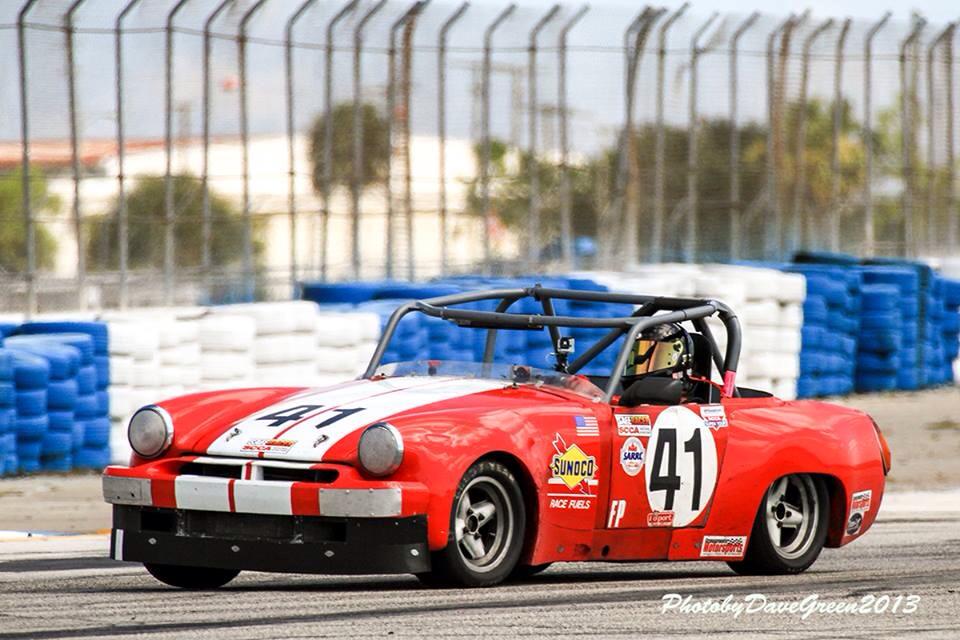George Smith Patton, Jr., born November 11, 1885, was an United States Army general, best known for his command of two divisions of the United States Army in the European Theater of World War II. Born in 1885 to a family with an extensive military background, Patton attended the Virginia Military Institute, and then U.S. Military Academy at West Point. He participated in the 1912 Olympics, and was instrumental in designing the M1913 "Patton Saber". Patton first saw combat during the Pancho Villa Expedition in Mexico and Texas during 1916, taking part in America's first military action using automobiles. He later joined the newly formed United States Tank Corps and saw action in World War I, first commanding the U.S. tank school in France before being wounded near the end of the war. In the interwar period, Patton remained an important figure in the development of armored warfare doctrine in the U.S. Army, serving on numerous positions throughout the country. AT the start of World War Two he commanded the U.S. 2nd Armored Division. Patton led U.S. troops into the Mediterranean with an invasion of Casablanca during Operation Torch in 1942, where he later made a name for himself through his rapid rehabilitation of the demoralized U.S. 2nd Corps. Patton led the Seventh Army during the Invasion of Sicily, where he was the first allied commander to reach Messina. There he was involved in controversy after he slapped two shell-shocked soldiers under his command, and was temporarily removed from battlefield command for other duties such as participating in Operation Fortitude's disinformation campaign for Operation Overlord. Patton returned to command the Third US Army following the invasion of Normandy in 1944, where he led a highly successful, rapid armored drive across France. He led the relief of exhausted U.S. troops at Bastogne during the Battle of the Bulge, and advanced his army into Nazi Germany by the end of the war. After the war, Patton became the military governor of Bavaria, but he was relieved after conflict with Eisenhower. He commanded the Fifteenth United States Army for slightly more than two months. Patton died following an automobile accident in Europe on December 21, 1945. Patton's colorful image, personality and success were at times overshadowed by his controversial public statements regarding the Soviet Union which were out of accord with American foreign policy. But his philosophy of leading from the front and his ability to inspire his troops attracted favorable attention. His strong emphasis on rapid and aggressive offensive action proved effective. While Allied leaders held differing opinions on Patton, he was regarded highly by his opponents in the German High Command.

















